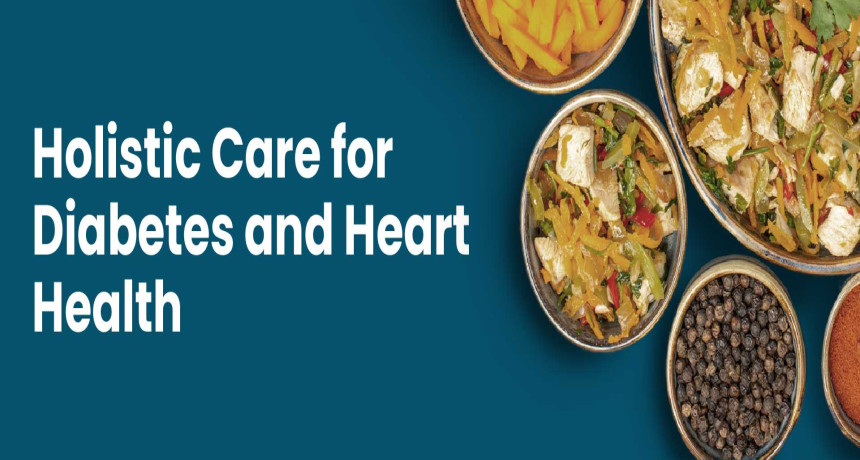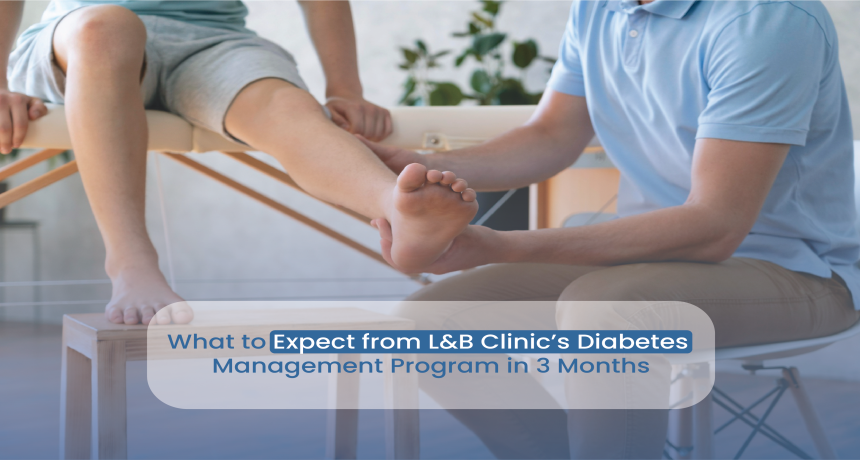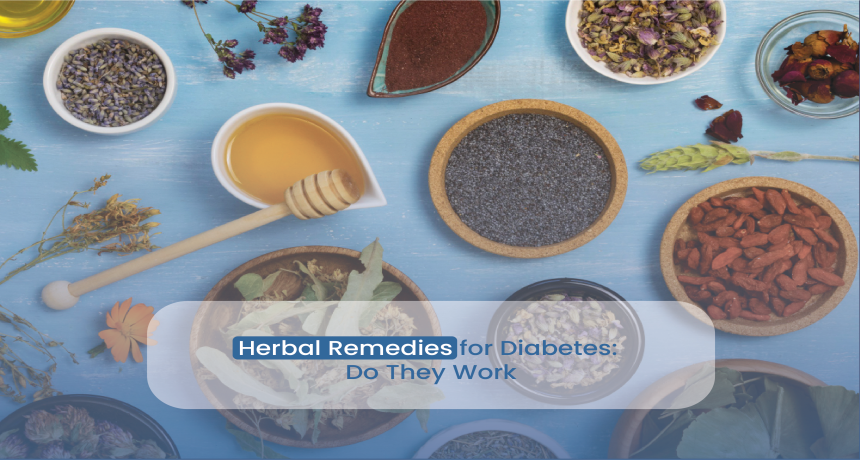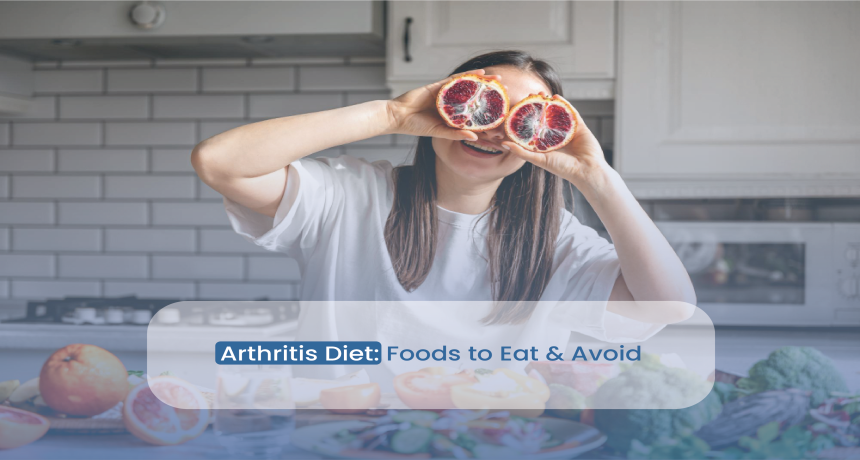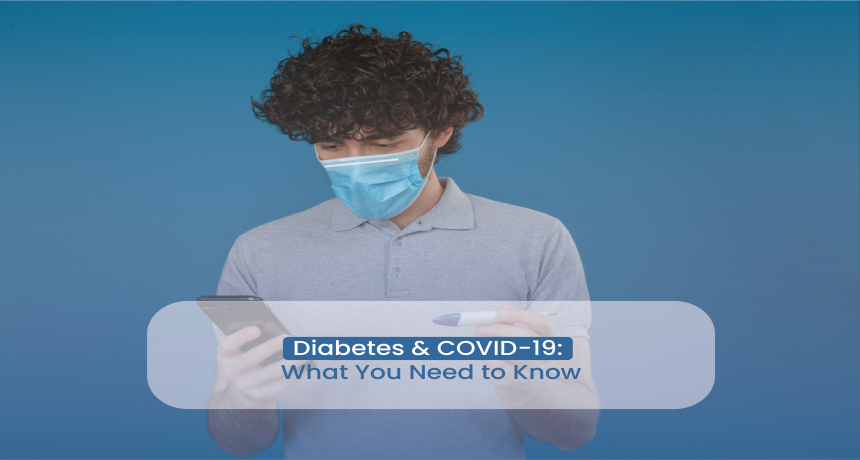Pregnancy Diet Plan: What to Eat Each Trimester
2025-04-22 PrA first-trimester diet plan focuses on supporting the early development of the fetus and helps deal with symptoms such as nausea, fatigue, and food aversions. egnancy is a transformative journey—physically, emotionally, and nutritionally. Every trimester brings its own set of developments and demands on your body. Meeting these needs with the right foods can make all the difference in the health of both mother and baby. A balanced pregnancy diet chart isn’t just about “eating for two”; it’s about eating smart for two. At L&B Clinics, we believe that good health begins with awareness. That’s why we’ve curated this comprehensive pregnancy nutrition guide to support you trimester by trimester with practical, science-backed advice and a printable pregnancy diet chart. This pregnancy diet chart, month by month PDF to support you trimester by trimester with a practical and easy-to-follow diet plan for pregnant women. Why is Pregnancy Nutrition Plan Important? A pregnancy nutrition plan is crucial for: A pregnancy diet chart is important for: Supporting fetal development Reducing the risk of birth defects Preventing gestational diabetes or hypertension Improving immunity and energy levels Aiding healthy weight gain Your baby depends entirely on your body for nutrition. Every bite you take contributes to their growth, brain development, and long-term health. Hence, choosing the right foods for healthy pregnancy is non-negotiable, especially with a proper diet chart for pregnant ladies structured for each trimester. For 1-3 months of pregnancy, include folate-rich foods like spinach, moong dal, and citrus fruits to support early baby development. Also, eat small and frequent meals with light Indian foods such as khichdi, curd, and fresh fruits to deal with nausea and maintain energy. Trimester-Wise Pregnancy Diet Plan First Trimester (Week 1–12): Laying the Foundation A first-trimester diet plan focuses on supporting the early development of the fetus and helps deal with symptoms such as nausea, fatigue, and food aversions. Manage morning sickness Boost folic acid and iron intake Prevent constipation Stay hydrated This first trimester pregnancy diet chart is particularly important during weeks 1 to 3 months, as it lays the nutritional foundation for fetal development. If you are looking for what to eat when pregnant first trimester, focus on key essential nutrients. The first trimester pregnancy diet chart includes folate-rich foods like spinach, lentils, and oranges to support early fetal development. Folic Acid: Prevents neural tube defects Iron: Supports oxygen flow Vitamin B6: Helps reduce nausea Fiber: Prevents bloating and constipation Leafy greens (spinach, kale) Lentils, chickpeas, black beans Citrus fruits, strawberries, papaya (rich in Vitamin C) Nuts and seeds Fortified cereals Whole grains Small frequent meals to manage nausea Raw/undercooked meat and eggs Soft cheeses (like brie, feta) High-mercury fish (shark, swordfish) Caffeine over 200 mg/day Alcohol Support fetal bone, brain, and organ development Increase calcium and iron intake Prevent leg cramps and fatigue Calcium: Essential for fetal bones and teeth Iron: To meet growing blood volume Vitamin D: For calcium absorption Omega-3 Fatty Acids: Brain development Dairy products (milk, curd, paneer) Ragi, sesame seeds, tofu Fatty fish (low in mercury like salmon) Flaxseeds and walnuts Eggs (fully cooked) Fresh vegetables like carrots, beets, and bell peppers A second trimester diet chart for Indians should include iron-rich foods like leafy greens, lentils, and jaggery, along with calcium-rich foods such as milk and paneer to support the baby’s growth and development. In the fourth month of pregnancy, focus on balanced meals like dal roti with vegetables, fruits, and healthy snacks like poha are preferable. Support baby’s final weight gain Reduce the risk of preterm labor Avoid constipation and bloating Prepare for breastfeeding (boost protein and DHA) Protein: Supports baby’s rapid growth Fiber: Prevents constipation Vitamin K: Helps in clotting during delivery Magnesium & Potassium: Prevent cramps and maintain blood pressure Lean meats, dals, paneer, tofu Oats, barley, whole wheat Avocados, bananas Dates (in moderation for labor prep) Coconut water for hydration This third-trimester pregnancy diet aims to build strength and stamina as you prepare for delivery. Drink at least 8-10 glasses of water daily. Don’t skip meals—small, frequent meals work best. Include iron-rich foods with Vitamin C sources for better absorption. Avoid junk, fried, and highly processed foods. Listen to your hunger and fullness cues. Consult a clinical dietitian at L&B Clinics for personalized pregnancy diet charts or early pregnancy diet chart. If you are: Underweight or overweight before pregnancy Managing PCOS, gestational diabetes, or thyroid issues Having severe nausea, vomiting, or food aversions Confused about prenatal supplements … then expert guidance is crucial. At L&B Clinics, our integrative approach includes weekly dietary reviews, trimester-wise meal plans, and customized support based on your blood reports and health conditions, including a 5th-month pregnancy diet chart, fourth-month pregnancy diet, and more. FAQs: Pregnancy Diet & Nutrition A pregnancy diet chart is a meal guide customized for each trimester. It helps ensure that you and your baby receive the necessary nutrients for healthy development. It’s essential for avoiding complications and promoting overall wellness. The best foods for healthy pregnancy include leafy greens, whole grains, legumes, dairy, eggs, fish (low in mercury), fruits, and nuts. They provide key nutrients like iron, calcium, folic acid, and protein. No, pregnancy nutrition needs evolve with each trimester. For example, iron and folate are emphasized early, while calcium and protein needs rise later. A trimester-specific diet is best for both mother and baby. Avoid raw or undercooked seafood, unpasteurized dairy, excess caffeine, processed junk food, and high-mercury fish. Always wash fruits and vegetables thoroughly to prevent infections. At L&B Clinics, we offer customized pregnancy diet charts, regular check-ins, root cause nutritional guidance, and complete wellness support in Delhi. Whether it’s managing PCOS, thyroid, or just ensuring balanced pregnancy nutrition, our experts are here to support your journey.
Key Goals:
Top Nutrients:
Recommended Foods for Healthy Pregnancy:
Foods to Avoid:
Sample Food Chart During Pregnancy - First Trimester:
Second Trimester (Week 13–26): Growth Phase
Key Goals:
Top Nutrients:
Recommended Foods for Healthy Pregnancy:
Sample Pregnancy Diet Chart - Second Trimester:
Third Trimester (Week 27–40): Preparing for Birth
Key Goals:
Top Nutrients:
Recommended Foods for Healthy Pregnancy:
Sample Pregnancy Diet Chart - Third Trimester:
Key Pregnancy Nutrition Tips Across All Trimesters
When Should You See a Nutritionist During Pregnancy?
1. What is a pregnancy diet chart and why is it important?
2. What are the best foods for a healthy pregnancy?
3. Can I follow the same pregnancy diet chart throughout all three trimesters?
4. What foods should be avoided during pregnancy?
5. How can L&B Clinics help me with my pregnancy nutrition?
.png)

